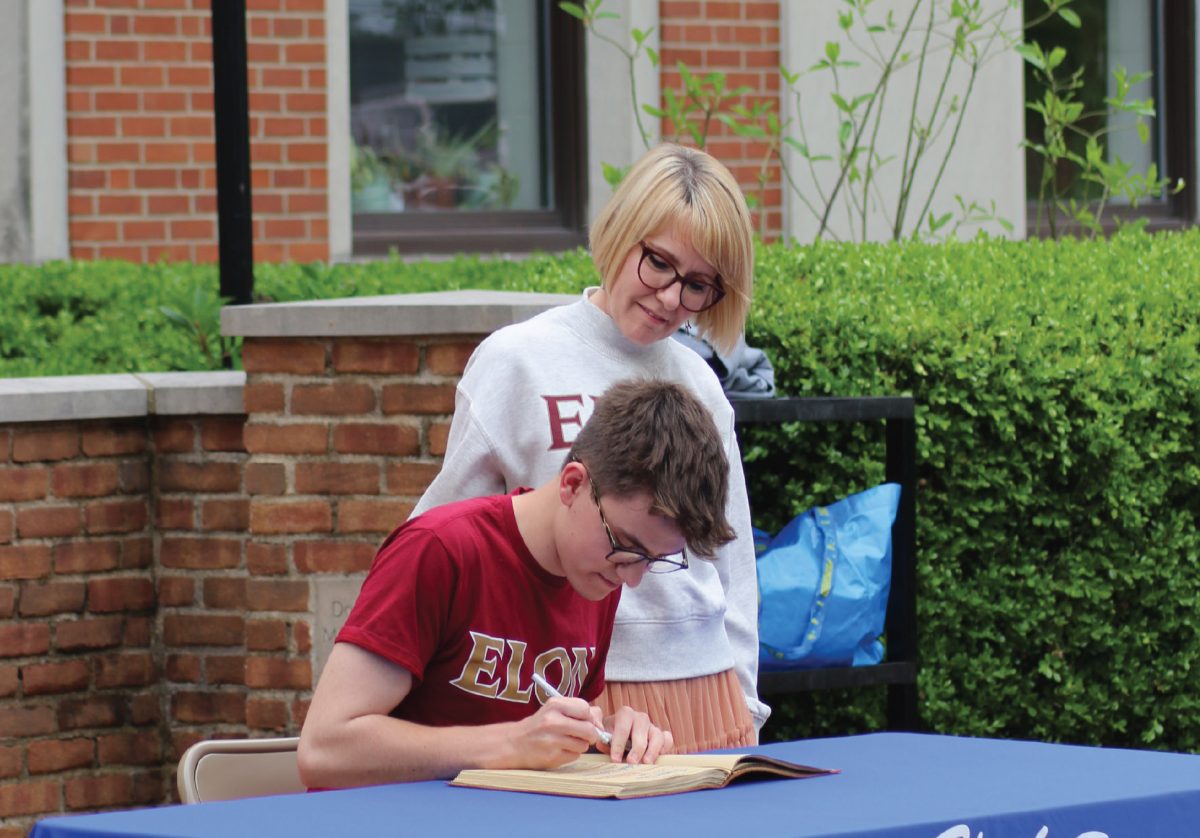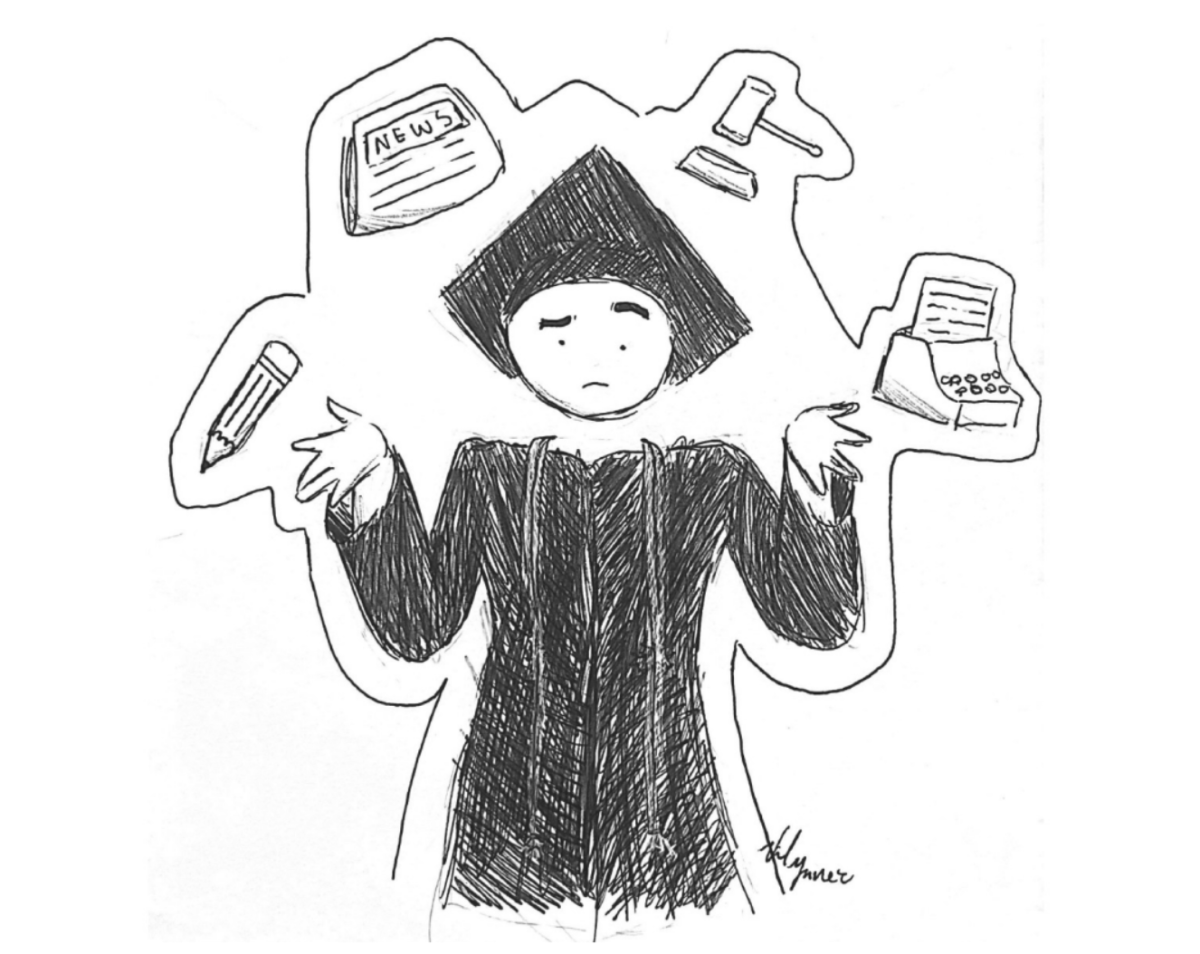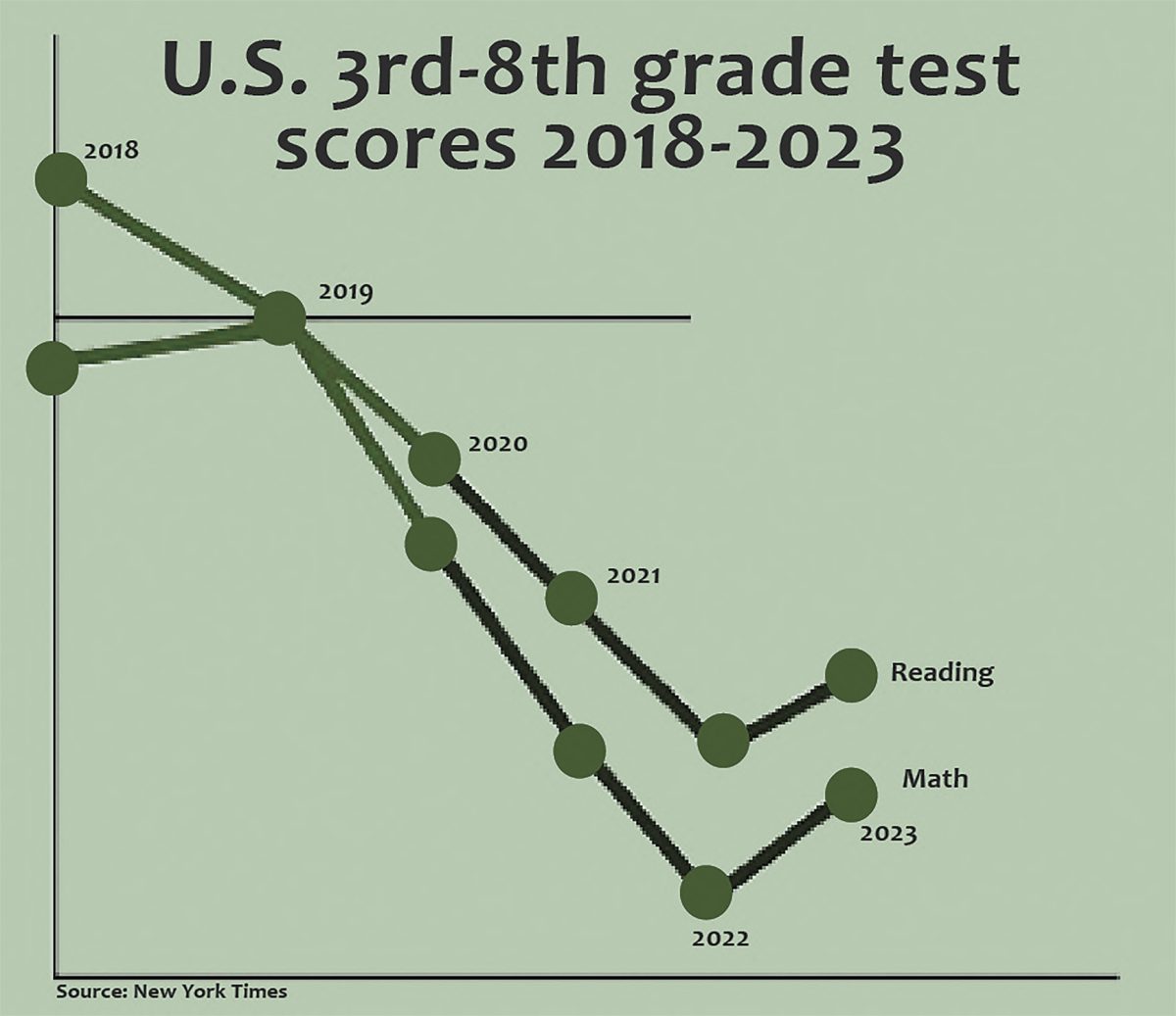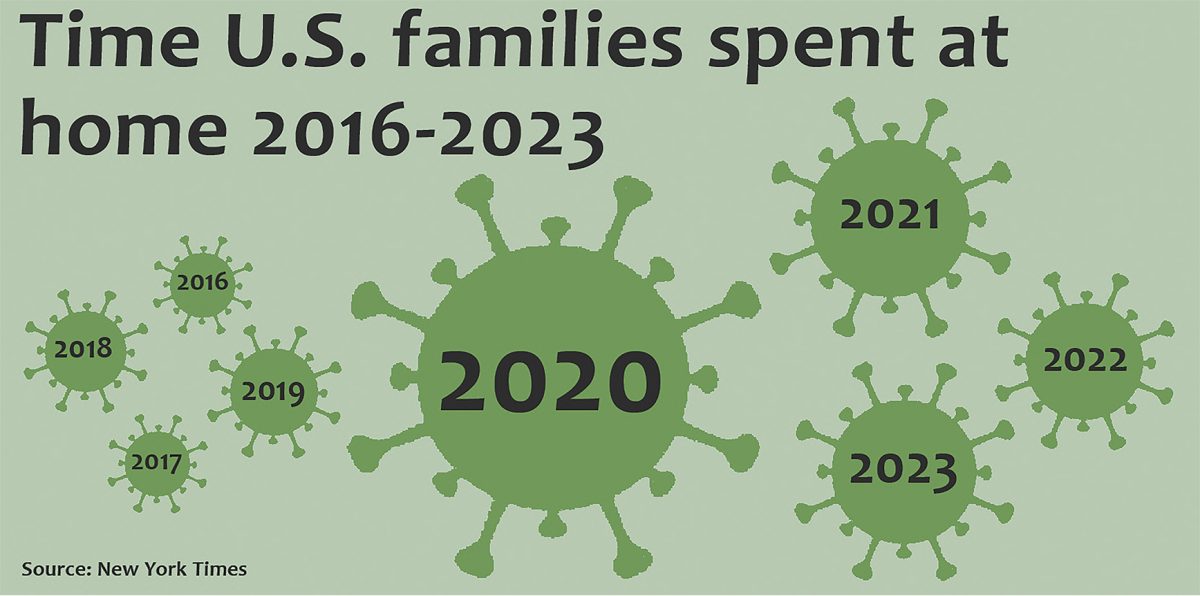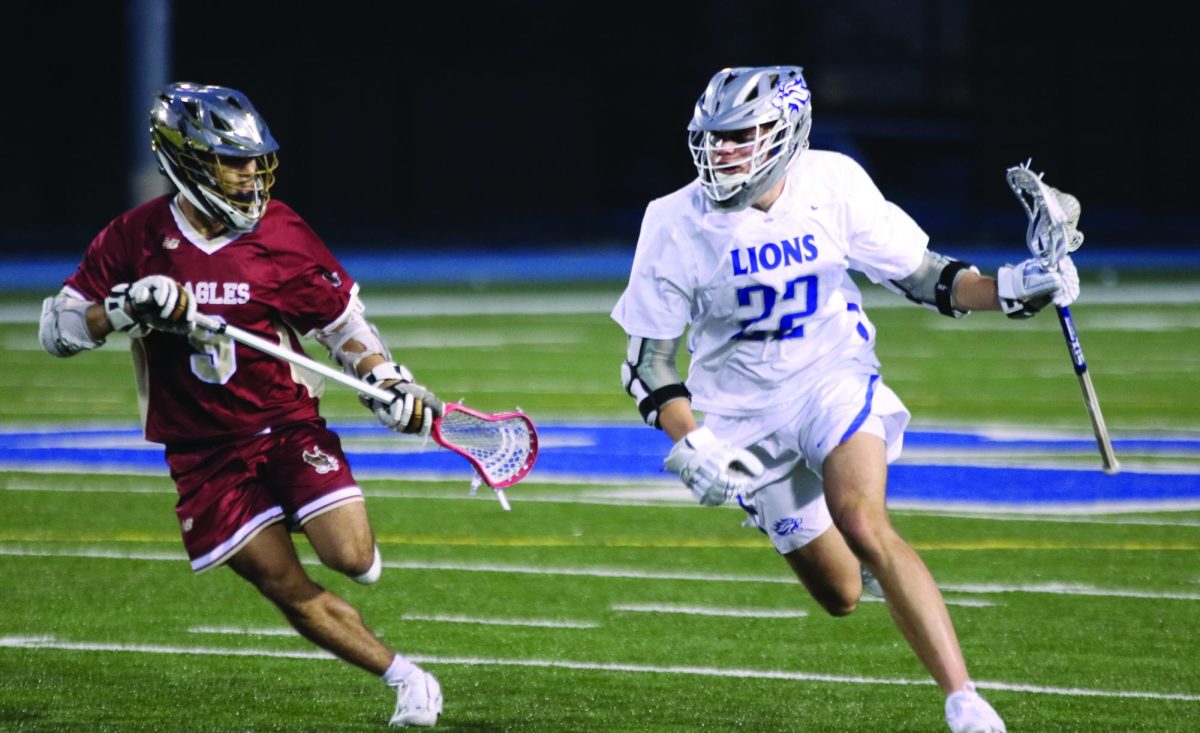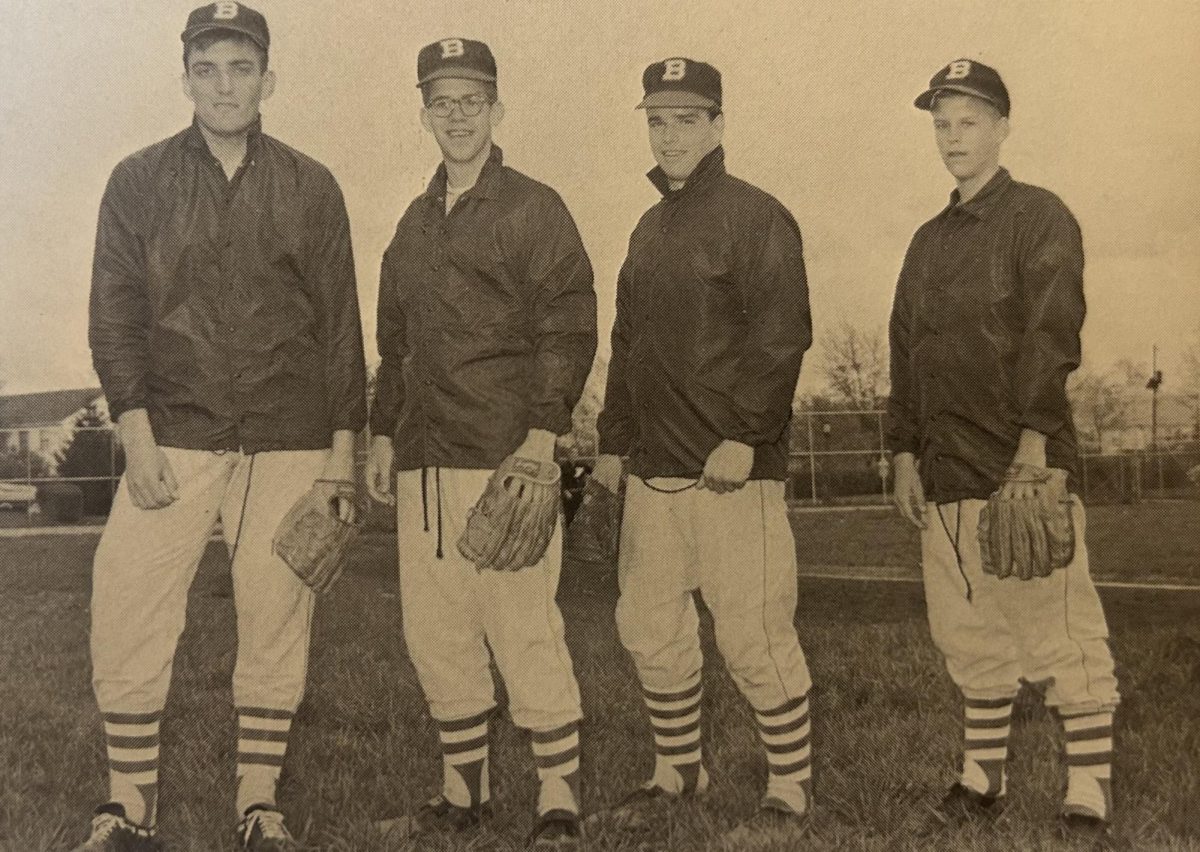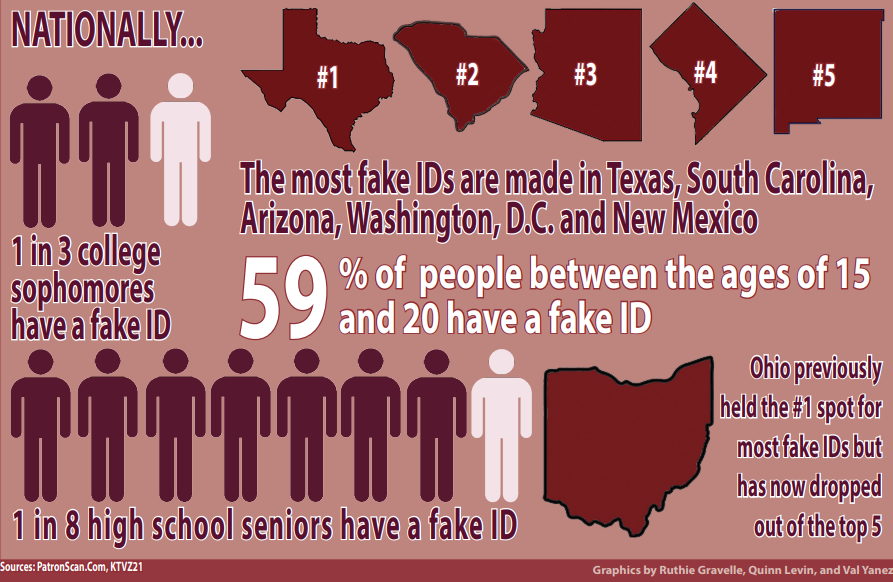Nationwide, trends have shown girls outperforming boys academically. They are getting better grades, forming stronger relationships with teachers and graduating from college at higher rates.
However, while girls are becoming equal to and even outperforming boys in academics, there is still a degree of gender separation in many courses at the high school. For example, AP Calculus AB is currently 70% girls, whereas AP Calculus BC is made up of only 28% girls.
Associate Professor of Sociology at Ohio University Marguerite Hernandez said women are pursuing STEM degrees at a higher rate than men as well.
She explained the idea that women are less suited for difficult science or math classes may percolate in a high school, although it happens less often at the university level.
“If those stereotypes are just being circulated in your school, if they are being exposed to this idea that they are just not as good at it as boys are, that’s actually going to affect performance,” she said.
Science teacher Nikki Hoch said historically, female students have been much more interested in life sciences, such as biology or environmental science, rather than physical sciences.
This is backed up by high schoolers’ course choices: this year, 70% of AP Biology students are girls, while girls make up only 27% of AP Physics students.
As the STEM field has grown to include more diverse disciplines, more women have become interested in careers involving physical sciences, Hoch added.
“The engineering field has opened up in terms of specialization, so students who may have been interested in fields like medicine or haptics can work with those specifically,” she explained. “It’s allowing so many more people to be involved, so I think we’ll see more diverse groups taking Physics.”
Senior Ruby Holt said some of the STEM courses she has taken during high school, particularly advanced math courses at The Ohio State University, have been overwhelmingly homogeneous.
“I took a differential equations class last semester, which had a little over 50 students,” she explained. “I was one of seven girls, and of those seven girls, half of them stopped showing up to class within a few weeks.”
OSU Distinguished Professor of Sociology Claudia Buchmann explained male-dominated courses can be detrimental to female students’ comfort and success within the classroom. While it’s not the fault of the teacher, women may feel left behind or disconnected from those spaces, she said.
The gender breakdown of classes can affect students’ participation as well. Senior Daniel Xue said he noticed gender discrepancies in his classes most during his junior year, when his AP Biology and AP English Language and Composition classes were majority girls.
“In Bio, I think the guys would participate just a tad bit more, but Lang was pretty much all girls who were participating in the activities,” he said.
Hoch explained she tries to ensure all students feel included regardless of gender. She added she has attended several workshops through the American Association of Physics Teachers to improve upon inclusive education practices.
“I do all I can to make students feel comfortable in the classroom, and I hope if they do have issues, they address them with me sooner rather than later,” she explained.
Holt said any issues she has had with peers due to her identity have been largely isolated interactions.
“I’d say in my science classes, usually any misogyny is centered around individuals, not the class as a whole,” she explained.
Gender segregation of classes is not limited to the STEM field. This semester, Sports History is 100% boys, Gender Studies is 100% girls and Anthropology is 75% girls.
Social studies teacher Scott King-Owen said the gender split in Anthropology doesn’t have an obvious explanation.
“It’s just the study of human culture, and we all have culture,” he added. “It’s nothing unique to young women.”
However, King-Owen explained students perceive humanities electives to be geared toward girls. Because of this, he said boys might be less likely to take Anthropology when they don’t know what the class will cover.
Gender Studies was originally intended to focus on women’s history, which may deter boys from taking the class, even though it has evolved to include discussion of all genders, King-Owen added.
“You can’t talk about femininity in a gender studies course and never address what it means to be male,” he said.
King-Owen said he believes students should pursue fields they are genuinely interested in regardless of gender.
“I think it’s a problem in the sense that you end up reinforcing a pattern and then not doing something you find you might actually like, so you kind of are robbing yourself,” he explained.
Buchmann said the gendered perception of certain courses could stem from the psychological differences in discipline interest between men and women. She explained differences in childhood development, such as how girls and boys are treated by their parents, manifest in individuals’ career choices.
“Females tend to be more interested in interacting through people-oriented studies,” she said.
This perceived difference in academic aptitude has led to the “brilliance effect,” where society sees men as inherently smarter regardless of academic ability, Buchmann explained.
She added this notion causes boys to feel less comfortable asking for help in school, even when they may be struggling.
“Boys think they need to be able to do something without putting effort into it and they should just naturally be able to get an ‘A’ without trying,” Buchmann explained. “A lot of these gender norms are detrimental to both boys and girls.”
These stereotypes exist at the high school also; according to a survey of 199 students, 85% of students said girls have an easier time asking their friends for emotional support.
Additionally, 51% said girls were preferred by teachers, while 17% said boys were favored, and 32% said both are equal.
Hoch explained in many fields, social and emotional intelligence is just as valuable as academic ability.
“Somebody can be brilliant, but if they’re not able to relate to every single person in the classroom, it doesn’t necessarily mean their point or knowledge is going to get across,” she said.
Of students surveyed, 37% said girls are more likely to have a leadership role, 29% said boys are more likely to, and 34% said both are equally likely.
Although men are typically overrepresented in leadership positions outside of high school, Hernandez said girls hold more leadership roles at the high school level due to the large amount of work and service required.
Outside of high school, women typically take on this work without the title because they feel the need to prove themselves, she added.
“They feel like they have to live up to expectations and show that they’re a team player and that they’re contributing,” Hernandez said. “They have this need to demonstrate that, but what that ends up doing is putting a more of a time burden on women.”
Buchmann said in professional fields, academic achievement can have adverse effects on females. She explained a study conducted by her colleague found that when submitting two similar resumes, women with higher college GPAs were less likely to get interviews than men with lower college GPAs.
She added a survey the employers filled out after reading the applications indicated the women were perceived to be more difficult to work with than the men.
“They wanted people who were getting good grades, but there’s a bias, as if women achieving at extremely high levels are overachieving,” she said.
At the high school, girls said they feel more pressure to achieve than boys did: 42% of girls said they feel a great deal of pressure to get good grades, and 31% of boys said they feel this pressure.
Hoch said she believes it is extremely important to have diverse groups in professional and academic fields in order to ensure all perspectives are being heard and considered.
“It can be something as simple as understanding background or privilege, or even something trivial like students not knowing how to clean lab equipment because they’ve never been in that environment before,” she explained. “It makes us more well rounded professionals and better human beings.”
